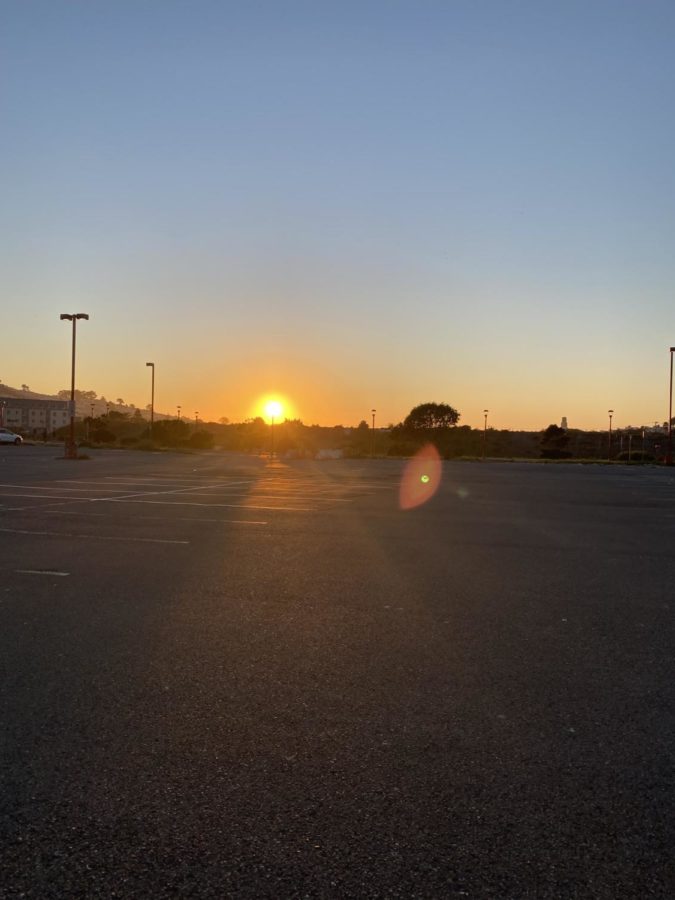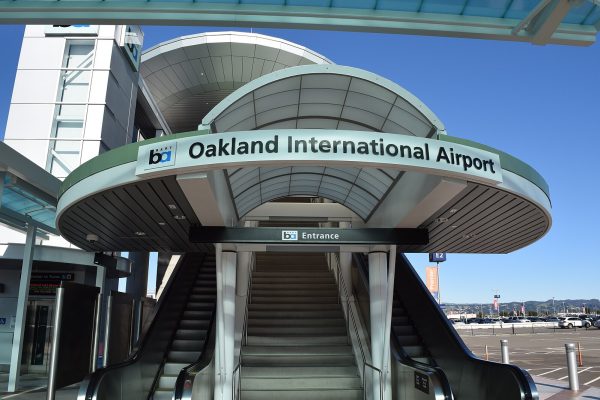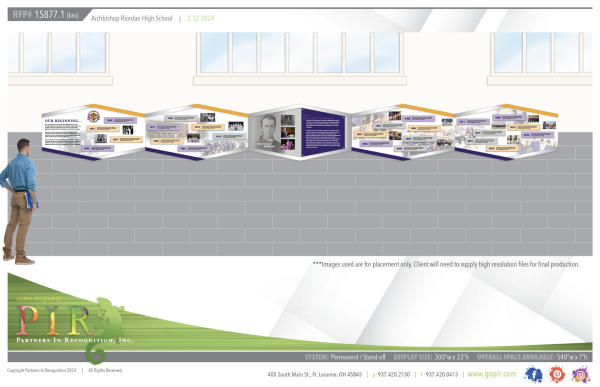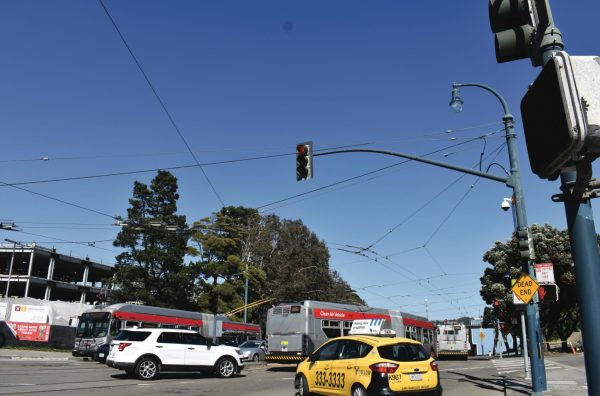Sun might set on Daylight Standard Time next year
If Daylight Saving Time becomes permanent, sunrises and sunsets will vary depending upon the location.
May 23, 2022
On March 15, the U.S. Senate voted to make daylight savings time permanent, marking the start of a potential new norm for everyone in the country.
An infographic from the Washington Post shows that for those in Northern California, sunrise could come as late as 9:00 am during some seasons. This extends to the vast majority of the nation as well, though northernmost states, such as North Dakota, Michigan, and Montana, can experience sunrise as late as 10:00 am.
Despite this change in sunrises, there is no denying the rise in opportunities and free time that longer days bring. Max Reese ’24 said, “It would be cool, there’s more day, and you get to do more things during the day.”
Tyler Minioza ’24 looks forward to brighter and more active afternoons and evenings, stating, “Daylight saving is good for golf because the longer the day, the longer you can stay out there and play.”
Overall, reception seems positive. As evenings gradually become sunnier, it is worth noting that winter will become a lot darker in the mornings. The Washington Post reasons that because winter days are shorter, that entire portion of the year will be noticeably darker and colder in the mornings.
However, AP Environmental Science instructor Michael O’Brien stated, “I think human beings do best when they have a routine, and they can vary that routine themselves rather than having the routine imposed upon them.”
It is uncertain whether or when this proposal will truly come to affect, however there is no denying that experimentation with the idea can be beneficial in aiding a better understanding of one’s internal clock.













